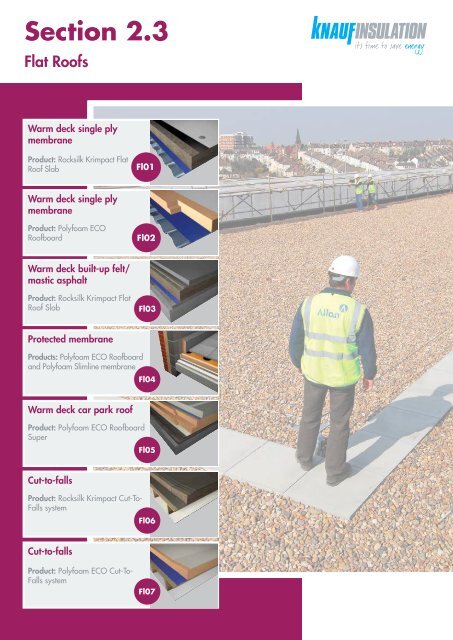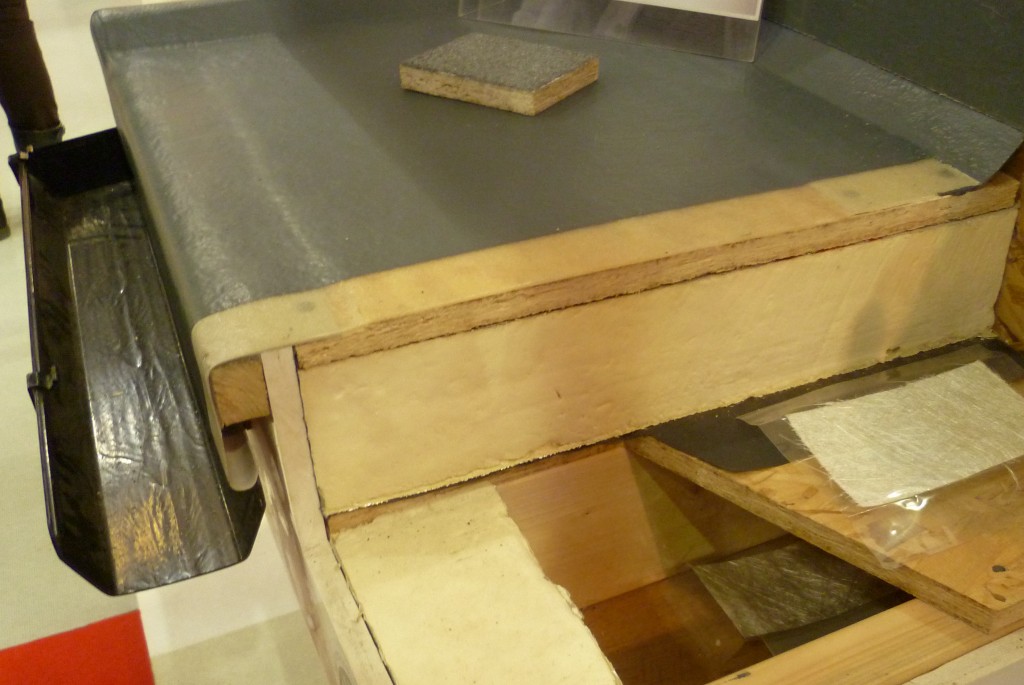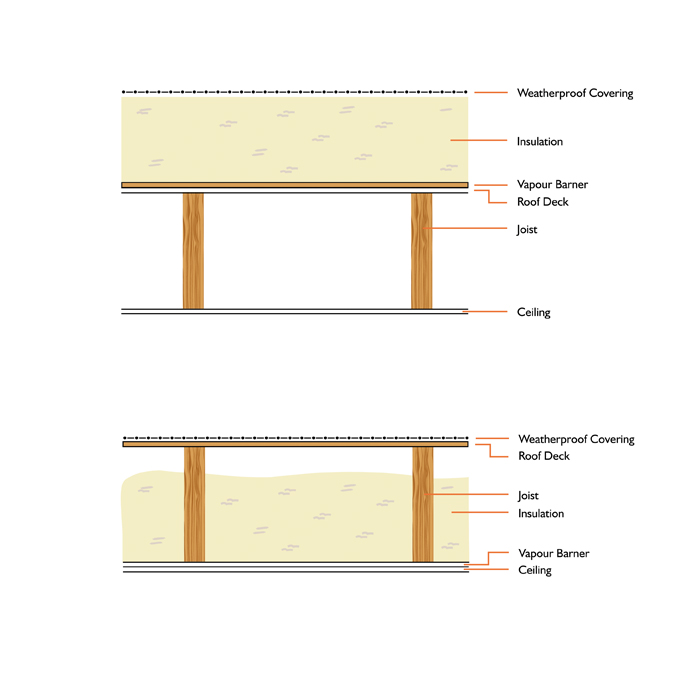Different insulants have different efficiencies and performance levels which affects the thickness required to meet building regulations.
Flat roof insulation thickness building regulations.
Cold deck the thickness of insulation required will vary depending on the material you decide to use and the manufacturer s specification.
Walls are defined by regulation 2 3 of the building regulations 2010 as being thermal elements.
Flat roofing insulation will have a huge impact on the energy efficiency of your property.
Roof insulation thickness for building regulations will vary depending on the type of insulation used.
All roofs should be insulated.
A qualified roofing contractor will be able to advise on this but here are some of the main guidelines.
Achieving a u value of 0 20w m meaning your roof will be better insulated than your walls will need 120mm thickness of rigid foam or 200mm of mineral wool or natural insulation.
To comply with part l of the building regulations 2010 all roofs to rooms except those in unheated buildings should be thermally insulated to a maximum u value of of 0 18 w m k.
A lower u value indicates better insulation properties hence u value requirements usually specify a maximum value.
U values calculations take into account the thermal resistivity and thickness of the insulation.
Take our online course on the building regulations and standards.
With a flat roof this issue does not arise but the u value constraint and the amount of insulation needed is just the same.
The extent to which the work on the element is controlled and the amount of upgrading needed depends on the particular circumstances of the thermal element.
Below that there are more detailed guides to the thermal insulation parts of building regulations standards.
The below drawing shows the u value requirements set out for new properties in the building regulations for each element walls floors and roofs.
Part h of the building regulations regarding drainage state that water should drain to one or two edges.
When installing or repairing a flat roof you must adhere to building regulations.
The type of insulation required will depend on the immediate environment in your area and specific building regulations.
Used within a bauder waterproofing system our products meet current uk building regulations part b for fire protection.
For further information contact the building regulations division.
As you can see below there are separate regulations for england wales and scotland.
Insulation between flat roof joists 50mm air gap above decking surrey building control guidance note number 13.
The actual specification required for a compliant building and necessary building fabric u value targets may vary depending on the actual overall proposed specification and the outcome of the energy.









